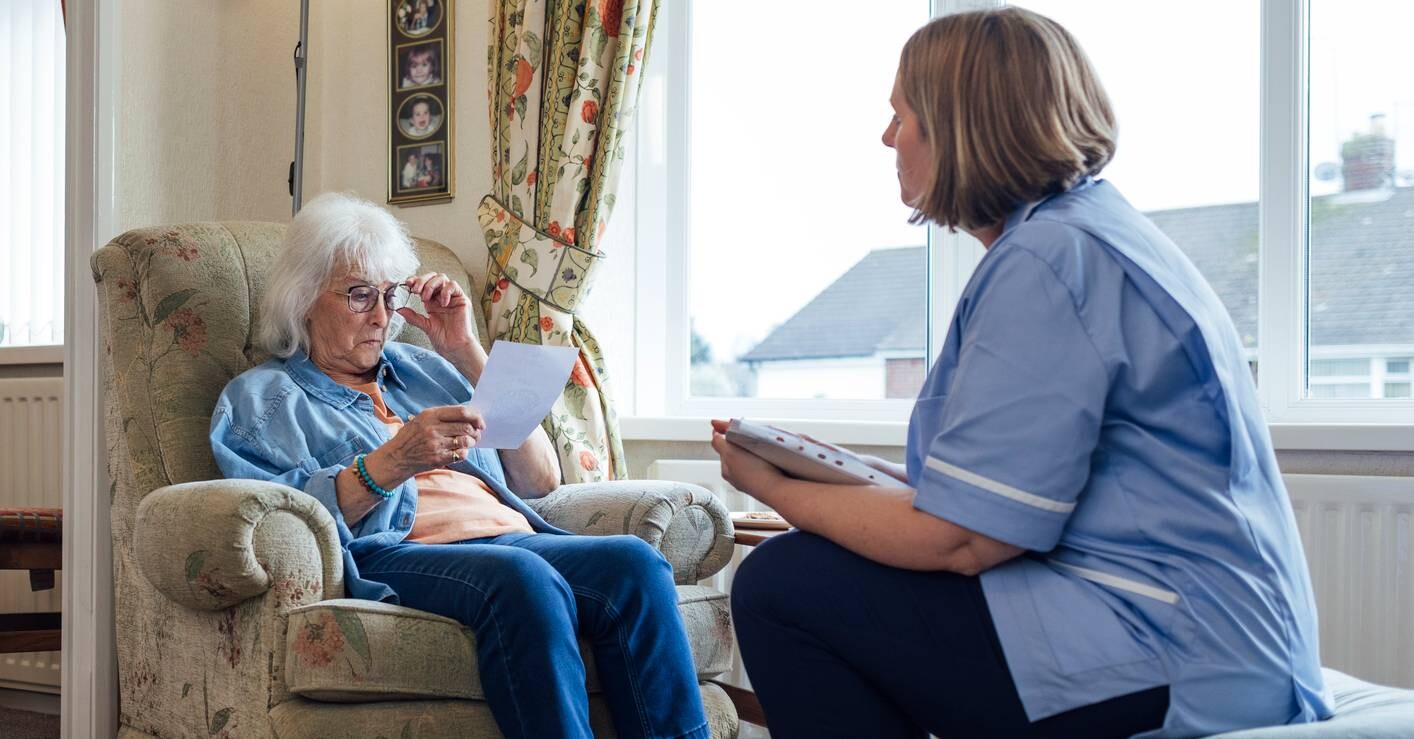‘Extremely worrying’: Data shows drop in school nurses and health visitors

A recent decline in the number of school nurses and health visitors working for the NHS in England has left nursing leaders ‘extremely’ concerned.
The number of NHS health visitors fell by 450 in the 12 months to January 2022, an annual decrease of 7.3%. There are now 5,692 health visitors employed by the NHS England, over 2,000 less than pre-Covid levels in January 2019 (-26%).
Overall, the data also shows that among all school nurses, which includes qualified school nurses, matrons, managers, and nurse consultants, numbers have fallen by 1.8% in a year, leaving only 2,000 NHS school nurses in England as of January 2023.
Related Article: New preceptorship package for social care nurses
In addition, the number of school nurses working for the NHS in England has fallen by almost 10% (9.8%) since 2019.
Sharon White, chief executive of the School and Public Health Nurses Association (SAPHNA), said that these figures were ‘disappointing, and extremely worrying’ and that the decline in the number of school nurses was ‘the result of years of reductions in the public health grant.’
Meanwhile, Alison Morton, chief executive of the Institute of Health Visiting (iHV), told Nursing in Practice that the ongoing decline in the health visiting workforce was ‘nothing to celebrate’.
As of January 2023, there were 331,173 nurses in the NHS in England, including health visitors, 38,815 of which work in community health and 39,869 of which are employed in mental health services. Both community and mental health services have seen gradual increases in numbers in the past year.
Related Article: Applications to study nursing in England at ‘new low’
However, within community and mental health nursing categories certain specialist roles have continued to see their numbers diminish. For example, there were 842 community matrons in January 2019 which fell 6.8% to 784 in Jan 2023.
Likewise, the number of community mental health nurses (level 1) fell 11% in a single year, leaving only 2,501 in England.
Dr Crystal Oldman, chief executive of the Queen’s Nursing Institute (QNI), told Nursing in Practice that the latest data was of ‘huge concern’.
She said an ‘urgent question’ for the government was how its current plans to increase the level of care delivered at home can be met ‘when there are significantly decreasing numbers of nurses with the knowledge, skills and competence required to keep people, with increasingly complex needs, safely and expertly cared for at home’.
Related Article: Paul Rees appointed as permanent NMC chief executive and registrar
When approached for a response, the Department of Health and Social Care noted that some community nurses were employed outside the NHS as part of primary care networks and integrated care systems. A spokesperson also denied that the community workforce had been deprioritised and claimed there had been an increase among other professions in the sector.

See how our symptom tool can help you make better sense of patient presentations
Click here to search a symptom




